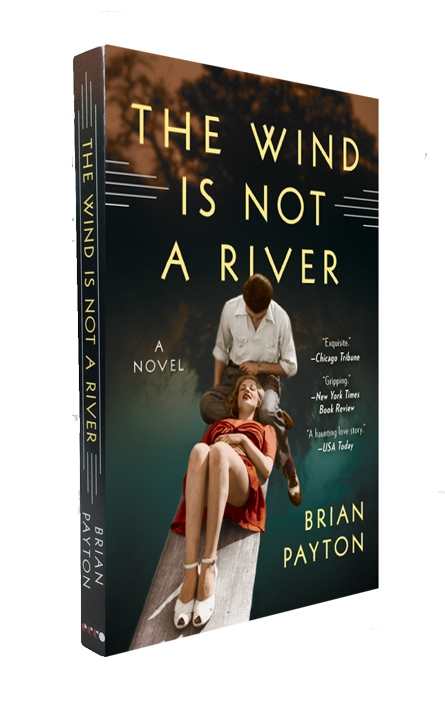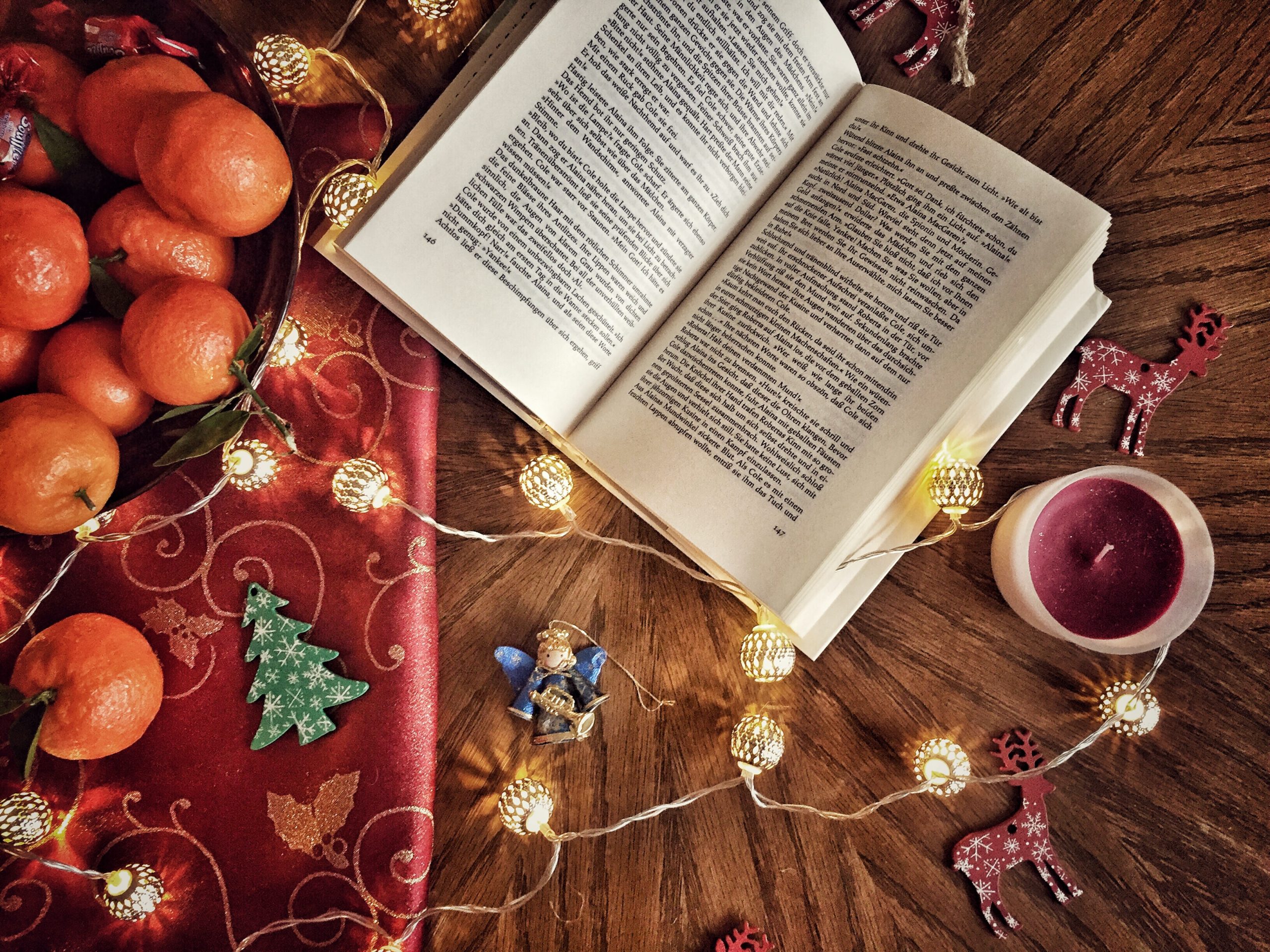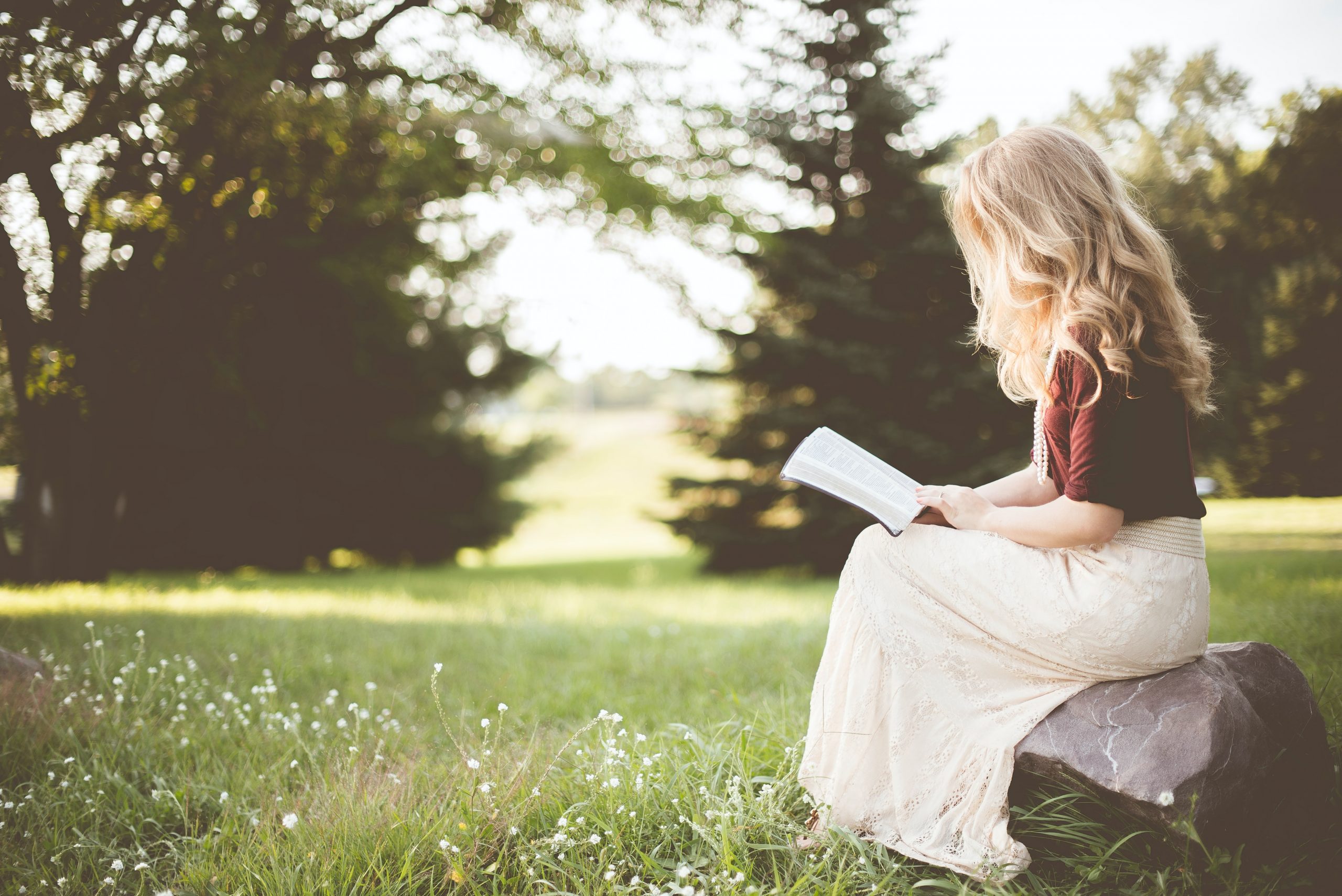In this version of twenty questions, I send a list of questions to a willing author and they choose their own interview by handpicking the questions (and how many!) they want to answer. Brian Payton is the author of The Wind Is Not River. Here is what Brian had to say about reading, writing, and the relevance of historical fiction.
Would you give us a bit of introduction and let my readers know who you are, how you got started writing, and what kind of books you like to write?
I’m a writer of both fiction and nonfiction. My latest book, The Wind Is Not A River, is both a survival story and a love story set in the wilderness of Alaska’s Aleutian Islands leading up to the only battle of WWII fought on American soil. My previous books, The Ice Passage and Shadow of the Bear: Travels in Vanishing Wilderness are narrative nonfiction books  dealing with history and conservation respectively. My first novel, drawn from events in my own life, was Hail Mary Corner. I live in Vancouver with my wife and our two daughters. I’ve been writing since my late teens.
dealing with history and conservation respectively. My first novel, drawn from events in my own life, was Hail Mary Corner. I live in Vancouver with my wife and our two daughters. I’ve been writing since my late teens.
I am often struck by the different ways writers respond to the process of writing a book. Can you share with us any routines, food or recipes, or favorite books or rituals that help you through the writing process?
I am resolutely non-superstitious so I have no writing rituals. Whether I’m writing fiction or nonfiction, I approach it much the same way: I treat it not like “a job” but as a vocation and a call to action. With fiction, once I have an idea, I chain my ass to a chair for a few weeks to see if a character and story begin to show signs of life. I do not wait for the muse; I follow my interests and get to work.
Write the question you would most like to be asked and answer it.
Your latest book is historical fiction. What makes this story relevant today?
Great survival stories can tell us something elemental about what it means to be alive. This story is primarily a story of survival and devotion set against a history that has been lost in the popular culture—a history I hope to help reclaim. Great love stories can tell us something about the human experience, what it means to live with, without, and for one another… who we are in the presence or absence of love.
With this book, my goal is to transport readers to a stark, beautiful, and unforgiving landscape, then challenge them to ask themselves: How far would you go in search of the truth, or to honor a lost loved one? What are we willing to do to survive, or risk for the sake of love?
Are you able to read when you’re writing and if so what books inspire you when you’re working your own book(s)?
When I’m writing fiction, I allow myself to read nonfiction. Conversely, I read fiction when I’m writing nonfiction. Although I have no writing “rituals” per se, each day before writing I try and read some poetry no matter what I’m working on. During the writing and editing of The Wind Is Not A River, I immersed myself in the poetry of Seamus Heaney, particularly the bog poems.
Did you know what you wanted the title of the book to be? How involved were in choosing the name of the book?
From the beginning, I had the title of this book in place: The Wind Is Not A River. I realize the title is a head scratcher, a koan, but it evolved naturally out of the course of the narrative and the struggle of one of the two main characters. It is of the place in which the book is set and is appropriate. I realize that some people might find it too cryptic and therefore may be inclined to give it a pass, but many readers are intrigued and curious to take part in solving the mystery. I’m more interested in telling this story to the second group of readers.
What were your experiences with reading when you were growing up? Was there a pivotal moment in discovering literature when you knew that you wanted to be a writer?
Honestly, I can’t remember much of what I read as a child, beyond the Hardy Boys mysteries, ghostwritten by authors collectively known as “Franklin W. Dixon.” Then, as now, I loved being read to. I remember being mesmerized by my stunningly beautiful third grade teacher, who read E.B. White’s Charlotte’s Web to the class. I was hooked on every word.
And then I read Steinbeck’s The Grapes of Wrath when I was 14, and it shook me to the core. I vividly remember savoring the final scene while on the road, curled up in the hatchback of our Ford Pinto (infamous for having its gas tank behind the bumper!) because there were not enough seats for all us kids. By the time I reached the ending, I was sobbing loud enough to require explanation. I knew then that I had magic in my hands and wanted to become a magician.
![]()
Photo by Alison Rosa.



